|
For ancient Iranians driven by their concern for the environment, the
bodies of dead people would be committed to high-walled enclosures on
mountains in remote areas. The decaying flesh would be devoured by
vultures. The exposure to the rays of Sun would ensure faster decay and
destruction of contagious germs. Months later, the remaining bones would
be sprayed with strong acidic compounds for dissolution. This was the
disposal system used by Zoroastrians of Iran, who did not see it right to
use land otherwise fit for agriculture as grave yard. The high wall
enclosures were to keep wolves, and other four legged animals out.
War Dakhmas ˿ dating back to at least the time of the Achaemenian ˿ was a
makeshift and rapidly built enclosure on mountain or hill-top close to the
war zone where the remains of soldiers lost in the battle were moved to.
Typically situated in the remote areas close to the boundaries of the
Achamedian, Parthian and Sasanian empires, war dakhams were not common in
the heartland of Iran. The last war dakhma of Iran is a note-able
exception.
Driving north on the highway from Kerman city to Mashad
and carefully viewing the hillsides to the West some 15 miles outside the
city, the ruins of the last war dakhma of Iran can be spotted. Its sudden
build and commissioning took place in 1721 CE in the immediate wake of the
massacre of thousands of innocent Zartoshty villagers of Kerman by an
invading of Islamic Zealots from Kandhar.1
A pictorial tour of the ruins of the War Dakhma based on photographs taken
in Dec. 2003 is presented for your viewing. May we not forget the
thousands of lives taken away, all innocent victims caught in the cross
fire of fanatical Sunni-Shiat hatred.
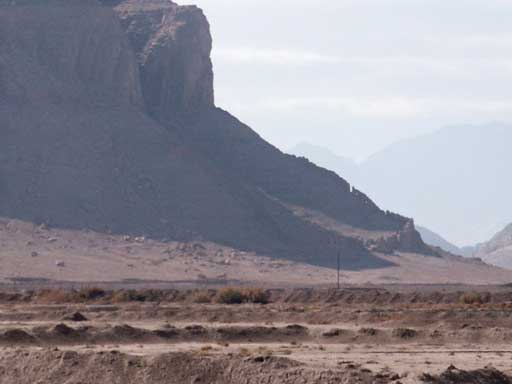 |
|
View
of the ruins of the War Dakhma of 1721 from the Kerman-Mashad
Highway. |
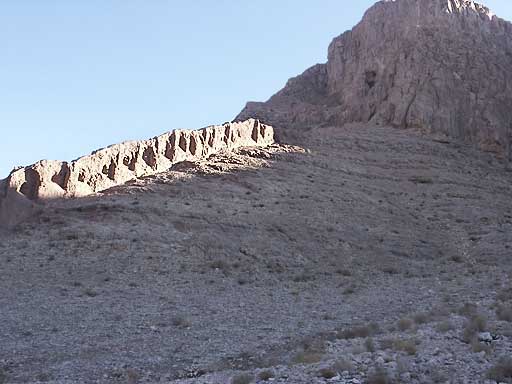 |
|
Another view from
outside looking into the Dakhma |
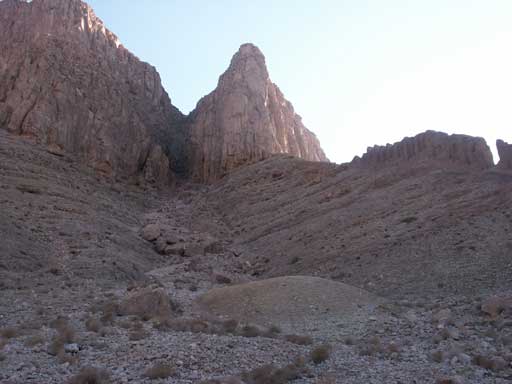 |
|
Closer view from the
mountain side. |
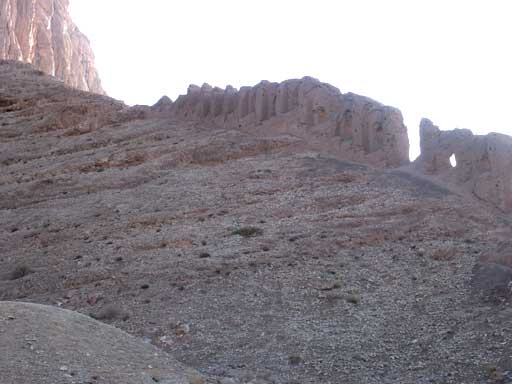 |
|
View of portion of the
Western wall from the outside |
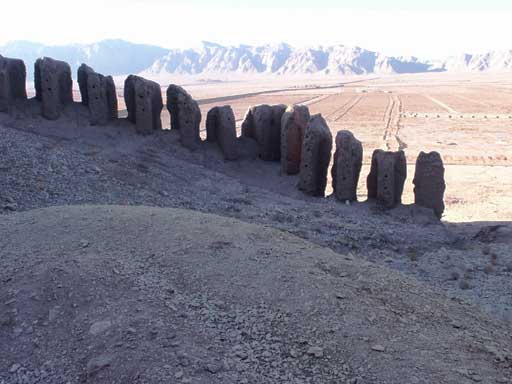 |
|
View from inside
looking at the portion of the Western wall |
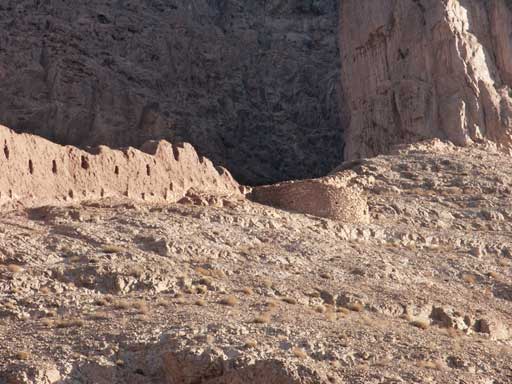 |
|
View from inside
looking at the entrance through the Northern wall |
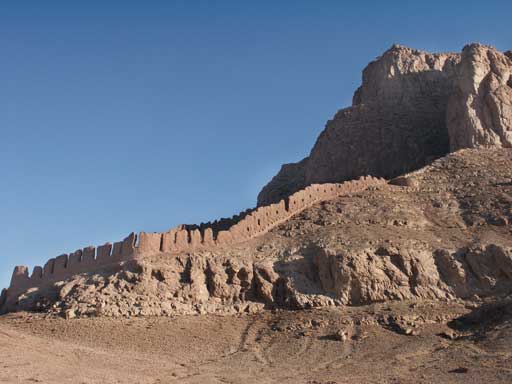 |
|
View from inside
looking towards the Southern part of the dakhma enclosed by the
rising mountain. The construction of the walls continued to its
completion after the commissioning of the dakhma. |
 |
|
Another view from
outside looking into the Dakhma |
 |
|
View from inside
looking at parts of the Eastern wall of the dakhma |
|